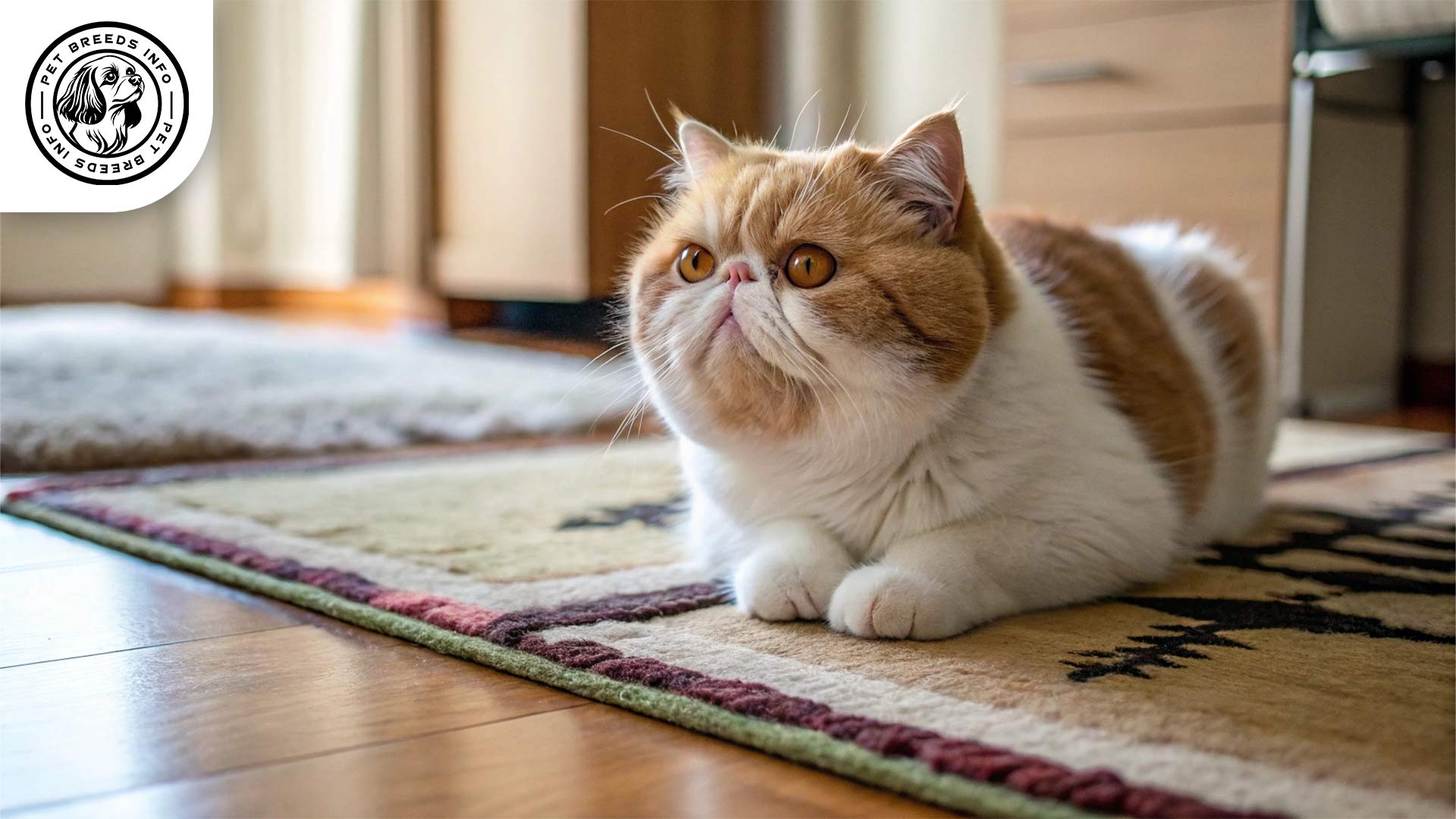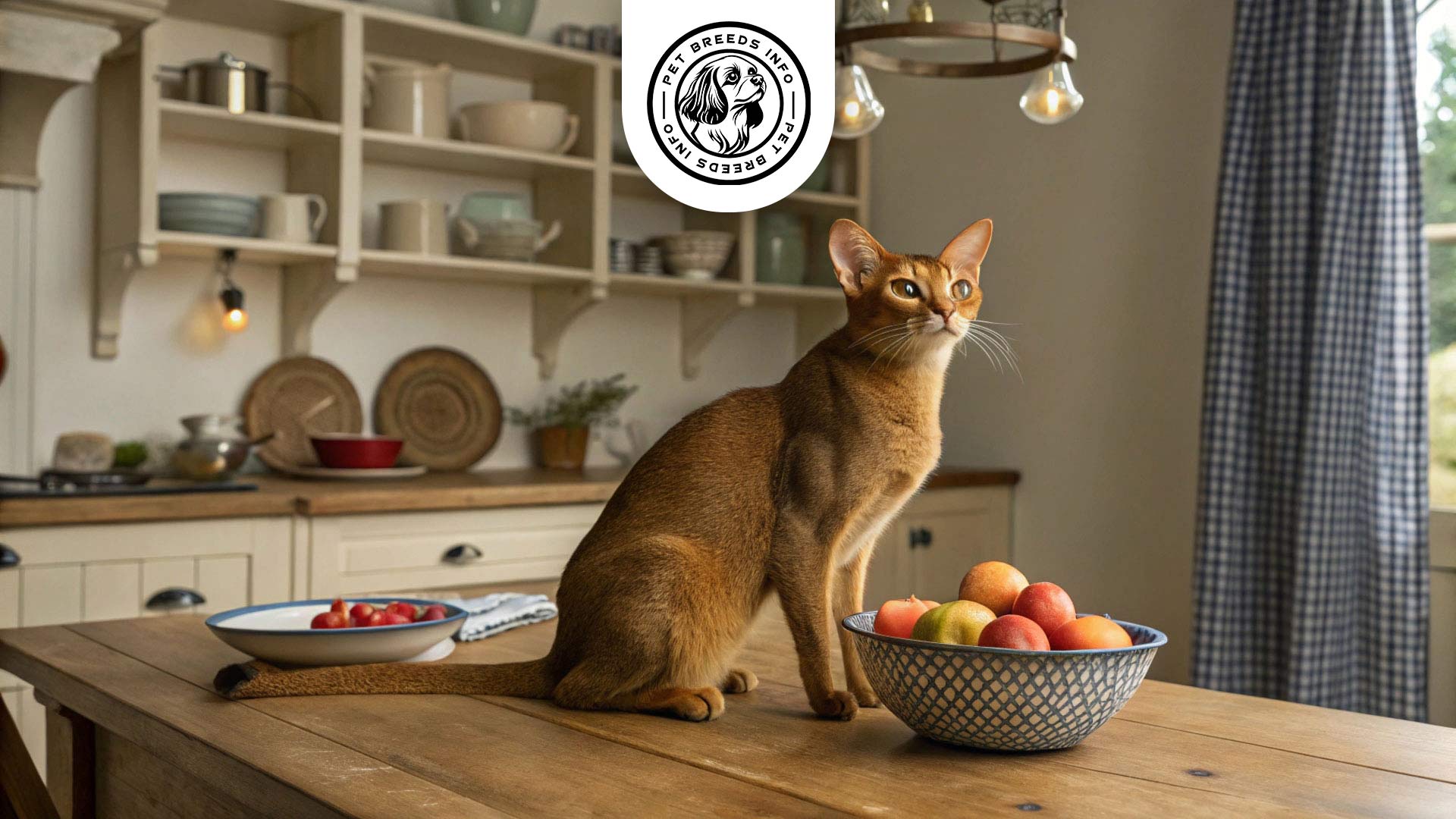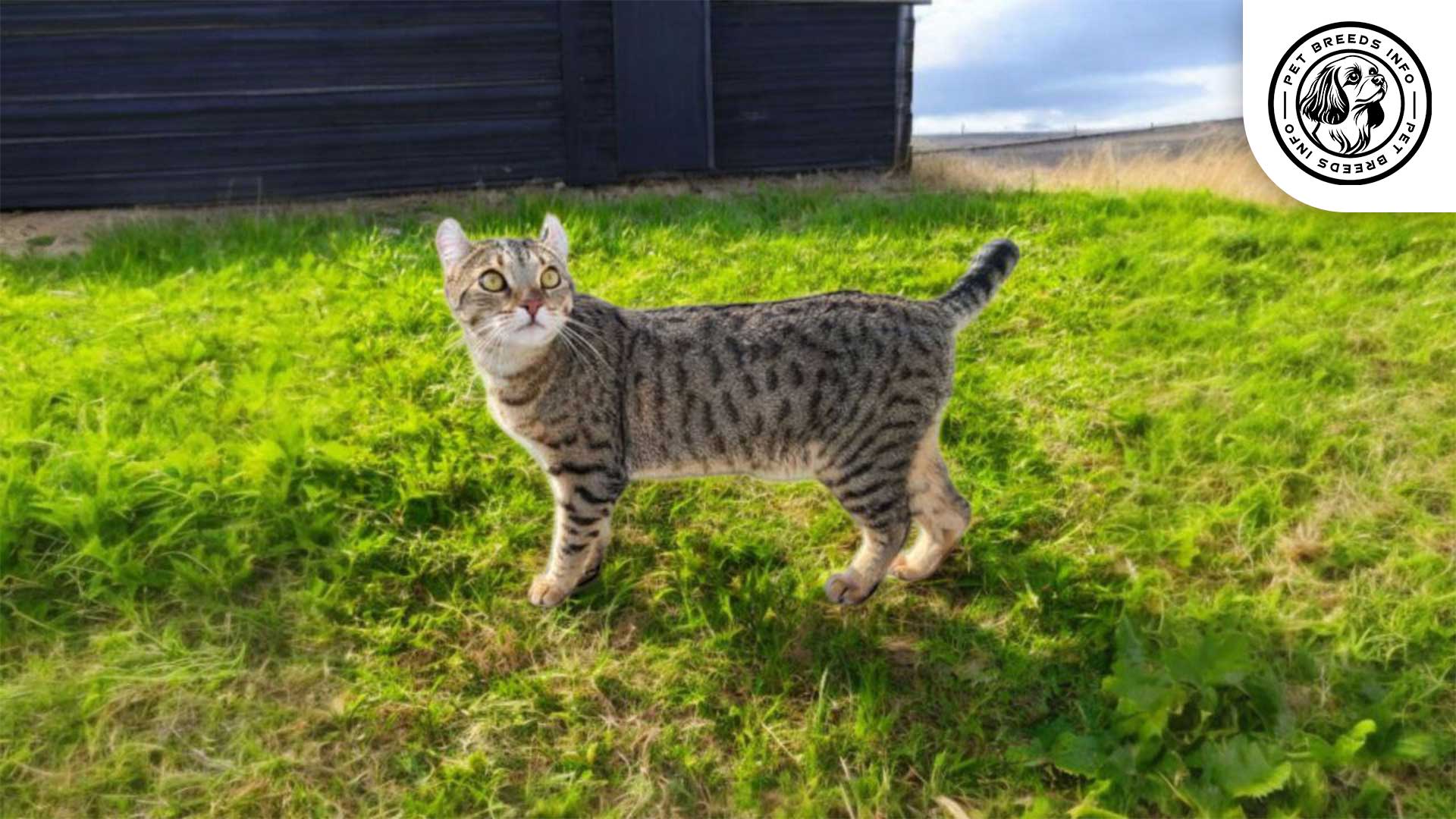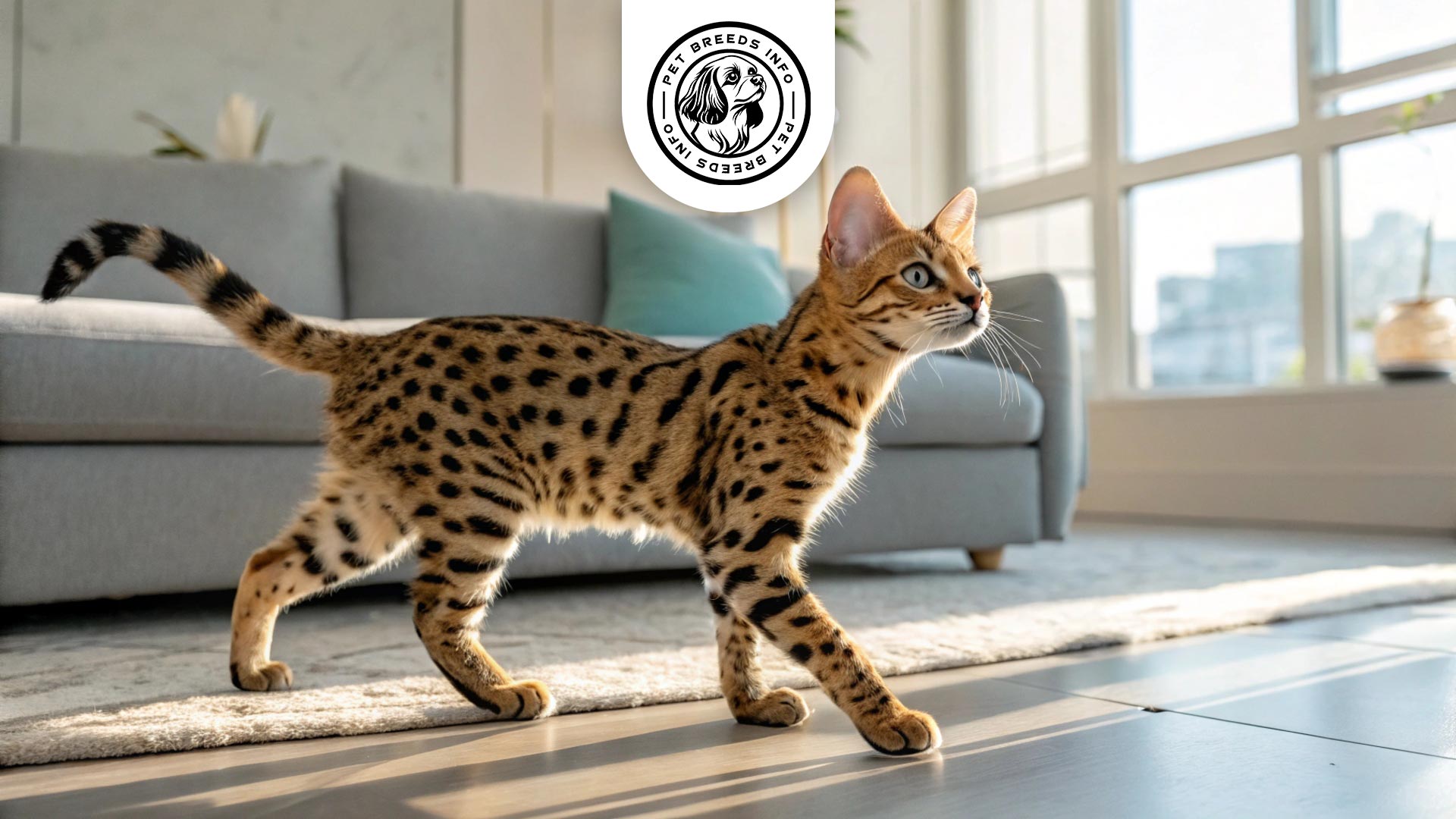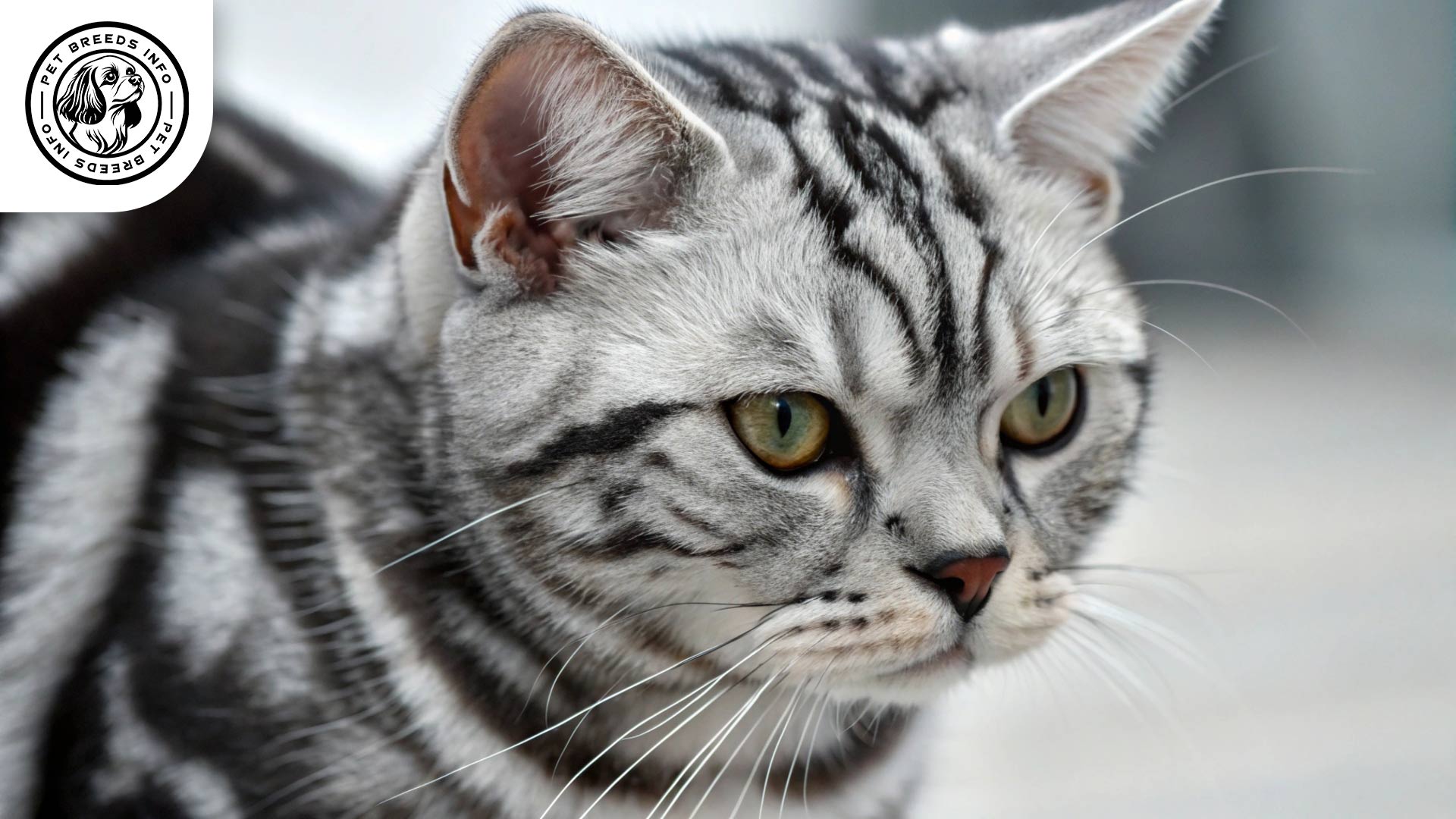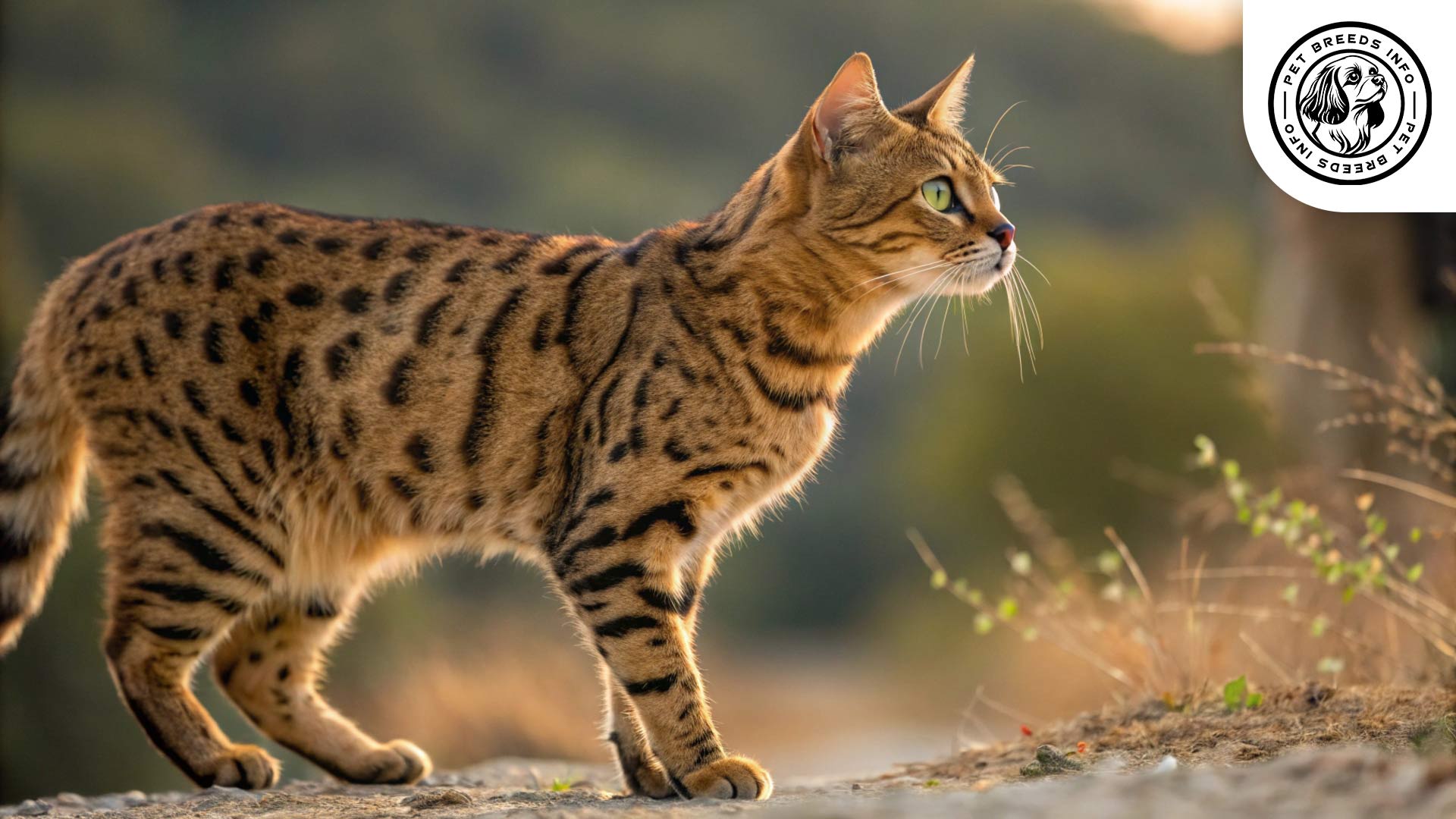Exotic Shorthair Cat Breed: Size, Price & Personality
General Introduction of the Breed
The Exotic Shorthair, also known as the “Shorthaired Persian,” is a breed developed in the United States. It was created by crossing the Persian cat with American Shorthairs and other shorthaired breeds to maintain Persian-like features with a short, easy-to-maintain coat. First recognized in the 1960s, the Exotic Shorthair has become a popular alternative to the Persian due to its affectionate nature and lower grooming requirements.
Exotic Shorthair: Affectionate, low-maintenance cat with Persian charm. Friendly, adaptable, moderate energy. Ideal for families. Needs eye cleaning, health checks.Quick Overview
Affectionate - 90%
Independent - 70%
Intelligent - 85%
Sociable - 90%
Vocal - 30%
Shedding - 60%
Energetic - 50%
68%
100
| Weight | Males: 10-15 lbs (4.5-6.8 kg) Females: 7-12 lbs (3.2-5.4 kg) |
| Lifespan | 12-15 years with proper care |
| Diet | Protein-rich, high-quality commercial food; portion control to prevent obesity |
| Care | Moderate exercise, minimal grooming but regular brushing, daily eye cleaning, routine hygiene (nail trimming, ear cleaning, dental care) |
| Health | Prone to polycystic kidney disease (PKD), brachycephalic respiratory syndrome, dental issues; regular vet checkups recommended |
| Color | Wide range of colors including solid, tabby, and bicolor |
| Nature | Intelligent, affectionate, friendly with children and pets, moderately playful, calm, less vocal, easy to train |
| Price | $1,200 – $3,000; higher for show-quality cats; adoption is an affordable option |
Table of Contents
Physical Characteristics
The Exotic Shorthair is a medium-to-large-sized cat with a sturdy, muscular body. Males typically weigh between 10 to 15 pounds (4.5 to 6.8 kg), while females weigh 7 to 12 pounds (3.2 to 5.4 kg). Its dense, plush coat comes in a wide variety of colors and patterns, ranging from solid, tabby, and bicolor to pointed variations.
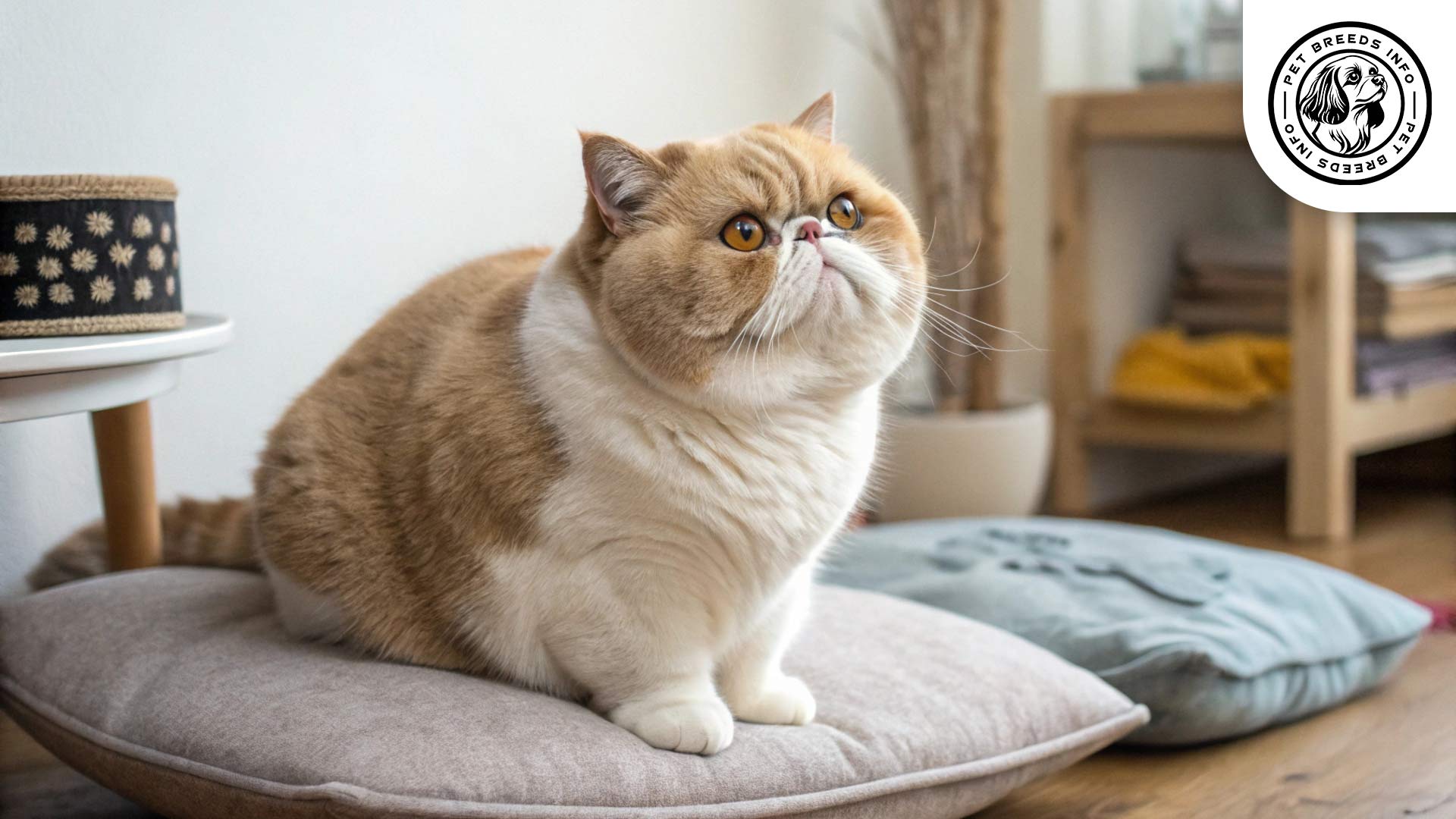
The breed is known for its large, round eyes that can be copper, blue, green, or odd-eyed, depending on coat color. Its ears are small, rounded, and set wide apart on a rounded head. The short, thick tail matches the compact body, and its short nose and flat face give it the signature Persian-like appearance.
Read More: Norwegian Forest Cat
Personality and Temperament
The Exotic Shorthair is intelligent and curious, making it relatively easy to train. It has a moderate energy level, enjoying playtime but equally content lounging next to its owner. This breed forms a strong bond with its family and thrives on affection. It is friendly with children and other pets, making it a great choice for households with multiple animals.
Despite its playful nature, the Exotic Shorthair is not overly demanding and adapts well to changes in its environment. It is less vocal than some other breeds, displaying a sweet and calm temperament similar to the Persian.
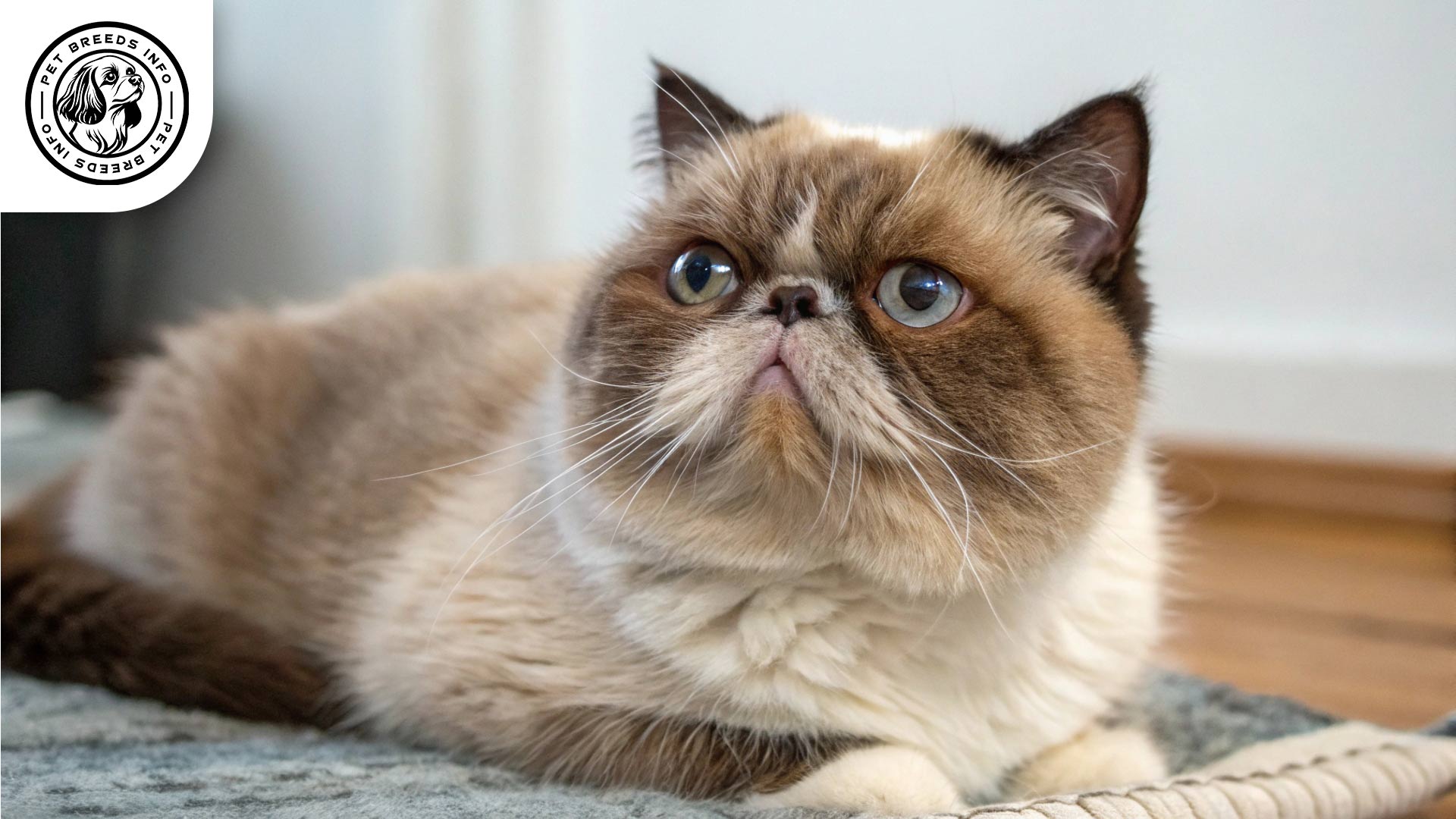
Care and Maintenance Requirements
The Exotic Shorthair’s exercise needs are moderate, and it enjoys interactive toys and short bursts of activity. It is well-suited for apartment living and does not require a large space for play.
Grooming is minimal compared to a Persian, but regular brushing (several times a week) is still necessary to prevent matting and reduce shedding. Its short nose may lead to tear staining, so daily eye cleaning is recommended. Routine hygiene, including nail trimming, ear cleaning, and dental care, should be maintained to ensure optimal health.
Due to its brachycephalic (flat-faced) structure, this breed is sensitive to extreme heat and humidity. Owners should provide a well-ventilated, climate-controlled environment to prevent respiratory distress.
Diet and Nutrition
An Exotic Shorthair thrives on high-quality commercial cat food, whether dry, wet, or a combination of both. A protein-rich diet is essential for maintaining muscle health. Owners may also choose a raw or homemade diet under veterinary supervision.
Avoid feeding excessive carbohydrates, dairy, or toxic foods like chocolate, onions, and grapes. Portion control is important to prevent obesity, with adult cats requiring two balanced meals a day according to their weight and activity level.
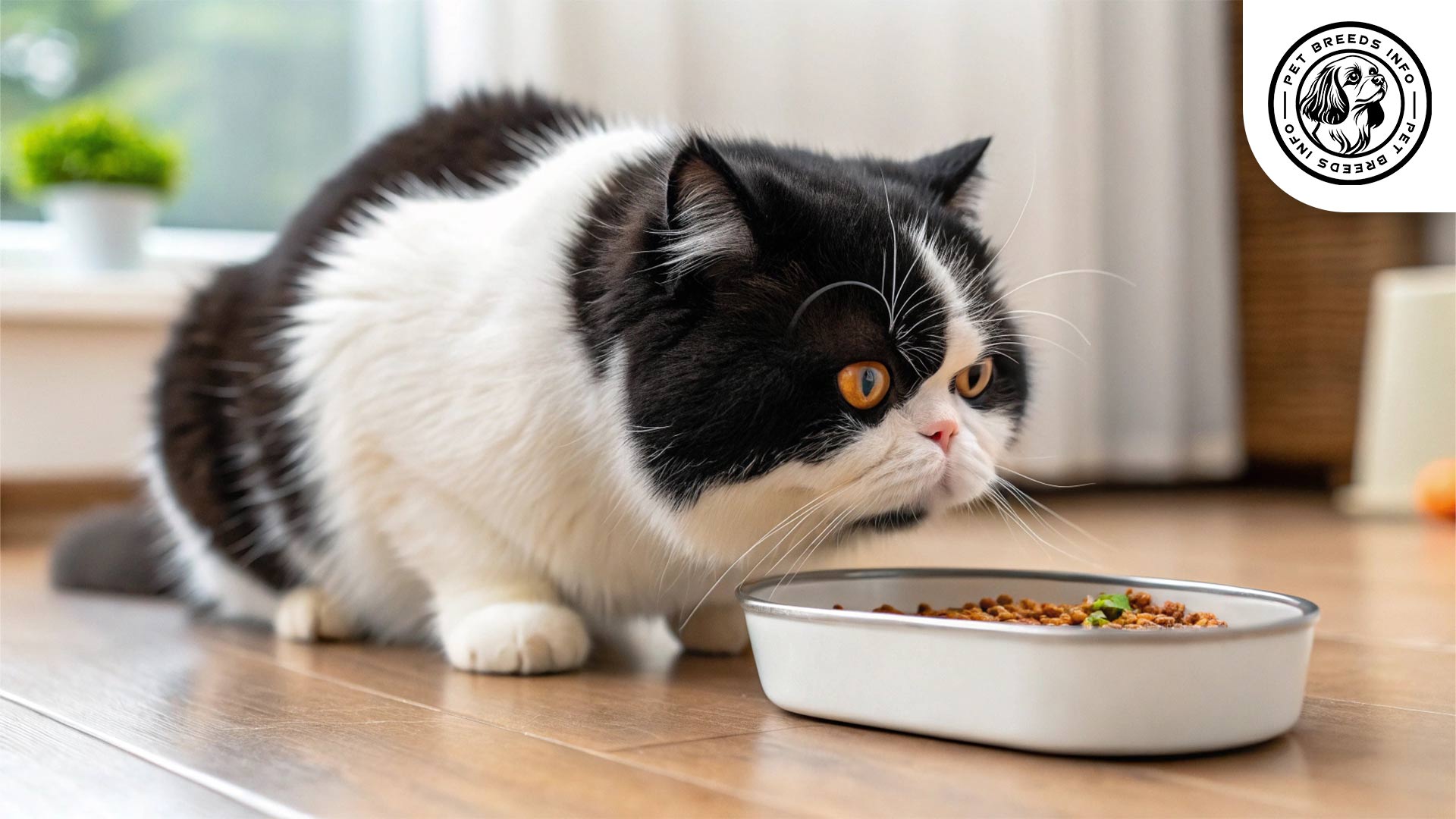
Health and Common Medical Issues
The Exotic Shorthair is prone to certain hereditary health conditions, including polycystic kidney disease (PKD), brachycephalic respiratory syndrome, and dental issues. Regular veterinary checkups are crucial for early detection of these conditions.
The average lifespan of this breed is between 12 to 15 years, with proper care and a healthy lifestyle extending its longevity. Routine vaccinations, parasite prevention, and dental care should be part of its overall healthcare routine.
Read More: Nebelung Cat
Training and Behavior Management
This breed is relatively easy to train and responds well to positive reinforcement methods. Socializing from a young age helps to ensure well-adjusted, friendly behavior. Teaching basic commands, litter training, and encouraging good scratching habits with scratching posts are essential early training steps.
Consistency and gentle discipline work best with this affectionate breed. Harsh training methods should be avoided, as the Exotic Shorthair reacts best to patience and rewarding good behavior.
Interaction with Other Animals and Humans
The Exotic Shorthair is an excellent companion for families, individuals, and seniors. It enjoys the company of children and is generally tolerant of other pets, including both cats and dogs. Its sociable and calm personality makes it a great addition to multi-pet households.
While affectionate, it retains a degree of independence and can be left alone for short periods. However, it thrives best in a home where it receives plenty of love and interaction.
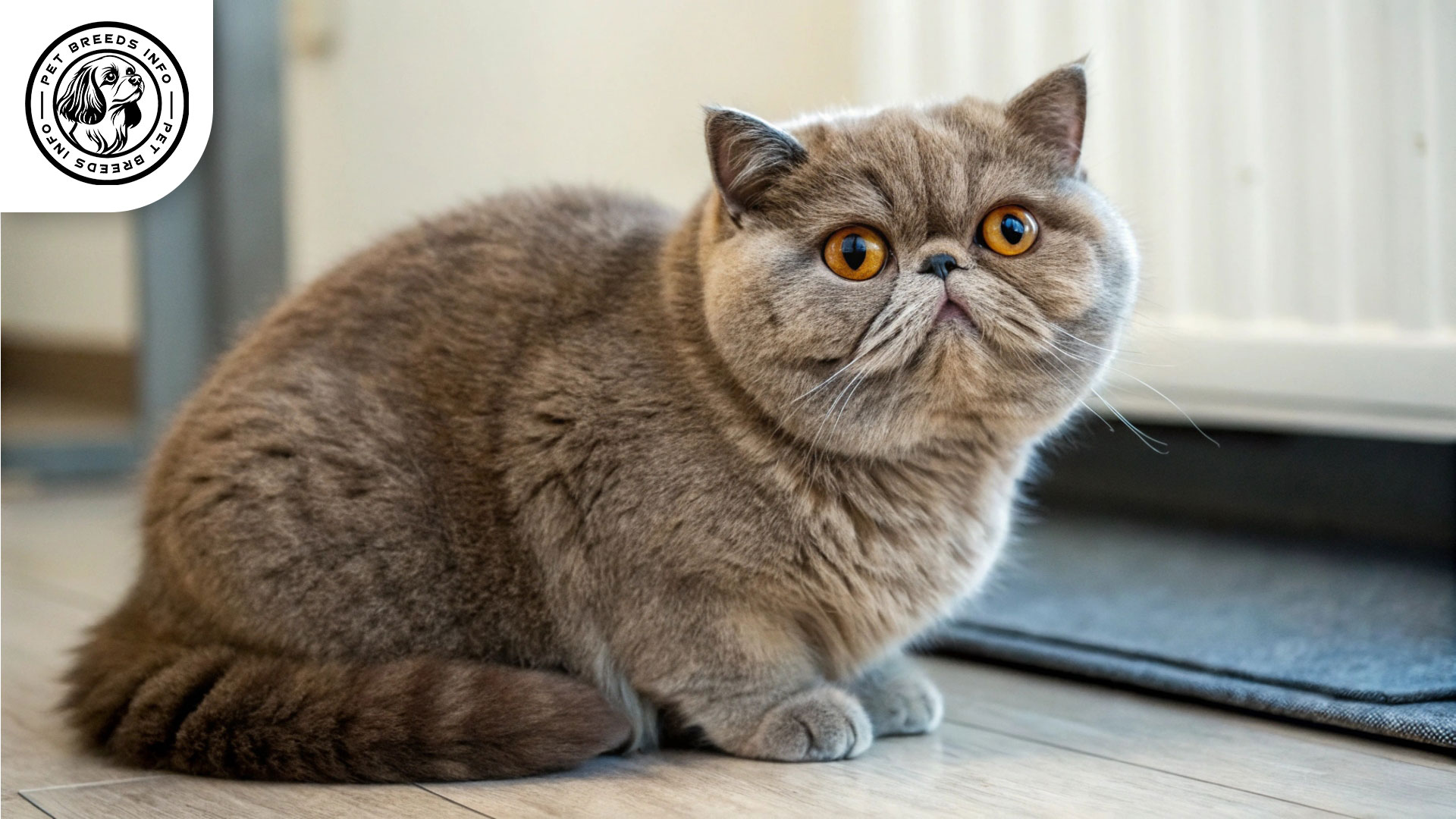
Price and Availability
The price of an Exotic Shorthair kitten depends on lineage, coat color, and breeder reputation. The average cost ranges from $1,200 to $3,000, with show-quality cats costing even more. When looking to buy or adopt one, it is important to choose reputable breeders who perform health testing on their cats.
Alternatively, adoption from rescue organizations or breed-specific shelters may be a more affordable and ethical option, offering a chance to rehome an Exotic Shorthair in need.
Conclusion and Final Thoughts
The Exotic Shorthair is a charming cat breed that combines the Persian’s affectionate nature with lower grooming needs, making it an excellent companion for first-time and experienced cat owners alike. It is well-suited for families, seniors, and individuals looking for a low-maintenance but affectionate cat.
Potential owners should consider this breed’s sensitivity to heat, grooming routine, and affectionate nature before making a decision. With proper care and attention, the Exotic Shorthair can make a loving and devoted pet for years to come.
Read More: British Shorthair Cat
FAQ
How much grooming does an Exotic Shorthair require?
Exotic Shorthairs require minimal grooming compared to Persians, but regular brushing (several times a week) is necessary to avoid matting and reduce shedding.
What is the lifespan of an Exotic Shorthair?
The average lifespan is 12 to 15 years with proper care, including regular vet checkups, a healthy diet, and maintaining overall health.
Can Exotic Shorthairs live in apartments?
Yes, they are well-suited for apartment living due to their moderate exercise needs and low space requirements for play.
Are Exotic Shorthairs good with children and other pets?
Yes, they are affectionate and friendly, making them great companions for families with children and other pets, including cats and dogs.
